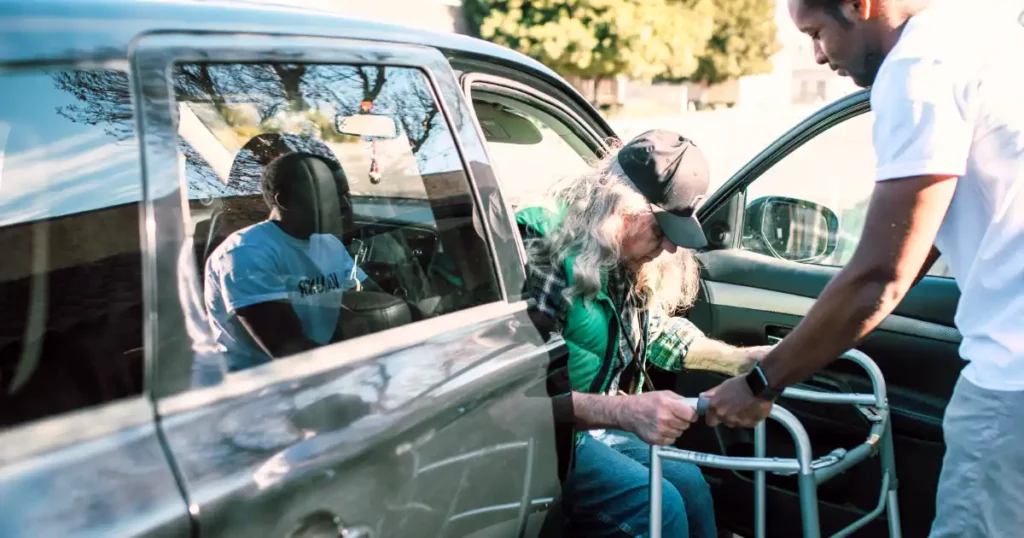Undergoing total joint replacement surgery can be a life-changing experience, providing relief from chronic pain and improving mobility. As part of the recovery process, many patients may require the use of a walker to assist with walking and balance during the rehabilitation period. But how to choose the perfect walker? With various types and features available, choosing the right walker can be overwhelming. Here are some tips to help you make an informed decision and select the right walker after total joint replacement surgery.
- Consult with Your Healthcare Provider: Your healthcare provider, such as your orthopedic surgeon or physical therapist, is the best person to provide guidance on selecting the right walker for your specific needs. They can consider your individual health condition, mobility level, and recovery goals to recommend an appropriate type of walker.
- Consider the Type of Walker: Walkers come in different types, including standard walkers, wheeled walkers, and rollators. Standard walkers have four legs and are the most stable option but require lifting to move. Wheeled walkers have two front wheels, making them easier to maneuver but slightly less stable. Rollators have four wheels and often include a seat and hand brakes, providing greater mobility and versatility. View some common walkers here.
- Evaluate Stability and Weight Capacity: Stability is a critical factor in walker selection. Look for walkers with a wide base and sturdy frame to provide a stable and secure platform for walking. Additionally, consider the weight capacity of the walker to ensure it can support your body weight and any additional weight, such as bags or accessories.
- Check Height Adjustability: The height of the walker should be adjustable to suit your height and walking posture. Incorrect height can result in poor posture, discomfort, and difficulty in maneuvering. Opt for a walker that allows for easy height adjustments to ensure proper fit and comfort.
- Assess Maneuverability: Consider the environment where you will be using the walker. If you will be navigating tight spaces, narrow hallways, or uneven surfaces, a walker with smaller wheels or swivel wheels may be more suitable. Larger wheels are ideal for outdoor use and rough terrains.
- Look for Comfort and Convenience: Look for walkers with padded handgrips and backrests for added comfort during prolonged use. Additionally, consider features such as storage pouches, cup holders, or built-in seats for added convenience.
- Test Before You Buy: It’s essential to try out different walkers before making a decision. Test the walkers for stability, maneuverability, and comfort to ensure they meet your needs and provide the necessary support for your recovery.
- Consider Budget: Walkers come in a range of prices, so it’s important to consider your budget. However, prioritize the quality, stability, and safety features of the walker over cost to ensure you’re investing in a reliable and effective mobility aid.
- Check for Proper Fit: Finally, ensure that the walker is properly fitted to your body. The handgrips should be at wrist height when you stand upright with your arms relaxed. A walker that is too tall or too short can cause discomfort and compromise your stability.
How to Choose the Perfect Walker: Summary
Choosing the right walker after total joint replacement surgery is crucial for a safe and effective recovery. By consulting with your healthcare provider, considering the type of walker, evaluating stability, checking height adjustability, assessing maneuverability, looking for comfort and convenience, testing before you buy, considering your budget, and ensuring proper fit, you can make an informed decision and select a walker that meets your specific needs. Always follow the guidance of your healthcare provider and use the walker as instructed to promote a successful rehabilitation process and regain your mobility with confidence.
